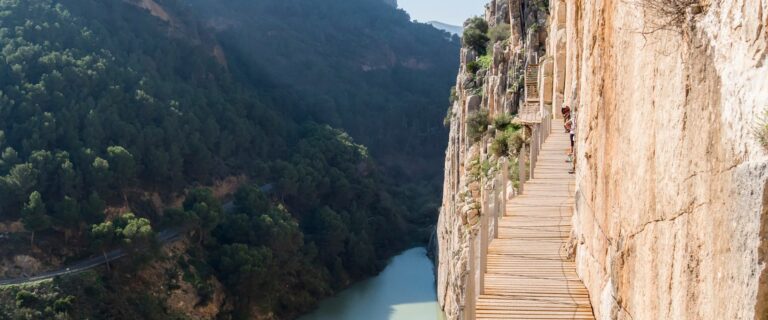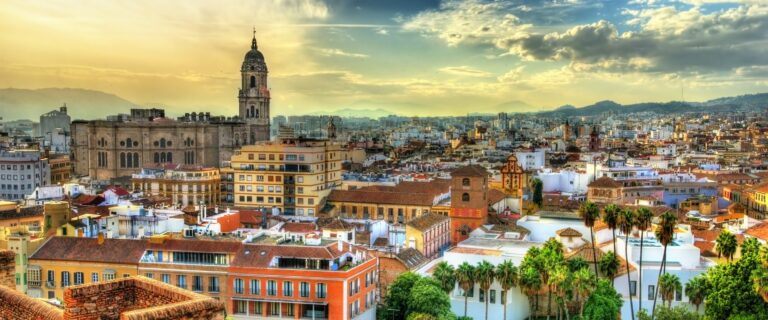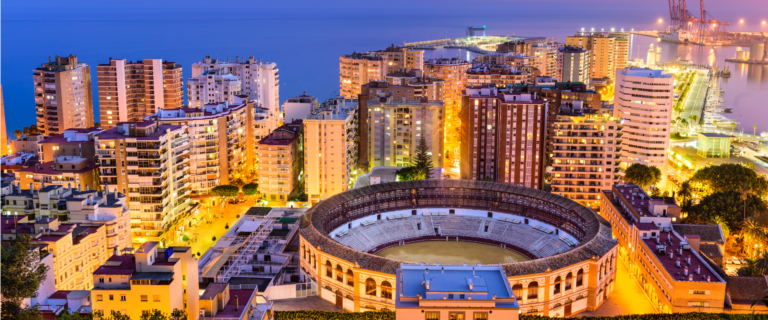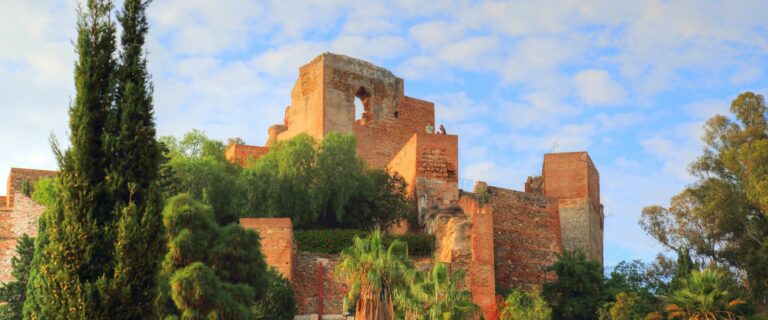10 Things You Didn't Know About Málaga
The secrets of this Andalusian province traverse its history, culture, and gastronomy. Based on this, we will tell you the 10 things you didn’t know about Málaga.
The cultural richness of Málaga is one of the greatest in the entire country. For this reason, in every corner of the city, you can feel the historical influences of Málaga. From the Phoenicians to the Reconquista.
An unfinished Cathedral: La Manquita

The Catholic Monarchs started the construction of the Cathedral of Málaga in 1528. However, the works experienced delays due to economic crises affecting the country, and it wasn’t until 1719 that the first significant progress was seen. During the 19th century, the situation did not improve, and the structure had to be modified, leaving it without one of its main towers. This is how it earned the nickname “La Manquita,” which ended up becoming a symbol of the city of Málaga.
La Farola Lighthouse

The Faro de la Farola, built in honor of the mayor’s wife in 1817, survived the major earthquake that struck the city in 1884 and the bombings of 1939. However, it required a complete reconstruction.
A café with many names.

A cortado, café con leche, or solo, in most places in Spain, these are the three most popular types of coffee. However, in Málaga, there are up to 10 different ways to order a coffee, depending on the amount of milk or coffee used. From less coffee to more, the names would be as follows: Solo, Largo, Semi Largo, Solo Corto, Mitad, Entre Corto, Corto, Sombra, Nube, No Me Lo Ponga, among others.
Granting a prisoner a pardon during Holy Week.

Granting a prisoner freedom from punishment during Holy Week in Málaga is a tradition with almost 300 years of history. King Carlos IIII granted this privilege to the Brotherhood of Jesus, and there have only been a couple of exceptions. of the coronavirus pandemic, in the Spanish Civil War, and in 2017.
The origin of this tradition stems from a prisoner uprising during the outbreak of the Black Plague in the 18th century.
In 2021, for the first time, three prisoners were granted freedom instead of one.
One minute = 59 seconds.

In the city’s metro network, the clocks do not tick for 60 seconds, but for 59. This reference comes from the British railway model, where the 60th second is suspended and not marked by the crosshair.
El Cenachero, one of the symbols of the city.

One of the great icons of the city is the sculpture of the cenachero. A young man holding two trays of fish, symbolizing the most emblematic profession of the city in ancient times: the sale of fresh fish, transported in baskets that required walking with arms in a jug-like position. This profession disappeared in the mid-20th century.
Tortas Locas

One of the most typical dishes of Málaga is “espetos,” along with “ajoblanco,” “berza malagueña,” and also “las Locas.”
They are a true symbol of the province, but relatively unknown beyond it. Este delicioso plato se conoce como “Naranja de los Locos”.
One of the most typical dishes of Málaga is “espetos,” along with “ajoblanco,” “berza malagueña,” and also “las Locas.”
They are a true symbol of the province, but relatively unknown beyond it. Este delicioso plato se conoce como “Naranja de los Locos”.
A city with nine Michelin stars

The restaurants in Málaga offer an experience for every taste. The gastronomic quality is the hallmark of the seven restaurants in Málaga that collectively hold 9 Michelin stars; all located between Marbella, Fuengirola, Ronda, and the capital city of Málaga.
The Germans' Bridge

The Santo Domingo Bridge, also known as the Germans’ Bridge, is one of the great attractions of the city.
In 1900, a German ship ran aground off the coast of Málaga, and the coastal residents didn’t hesitate to plunge into the sea to rescue the survivors. Thanks to this heroic feat, the city received the title of “Very Hospitable.” Years later, after the Guadalmedina River overflowed, the German country collected money for the reconstruction of the bridge.
Museums in Málaga

In 2021, the Culture Observatory determined that Málaga is the third city with the greatest cultural offer in the country. The Andalusian province is located in a privileged position alongside Madrid and Barcelona, as it is one of the cities with the most museums.
These are our recommendations for 10 things you didn’t know about Málaga. We also invite you to explore all the experiences we offer at Runaway Experiences.






